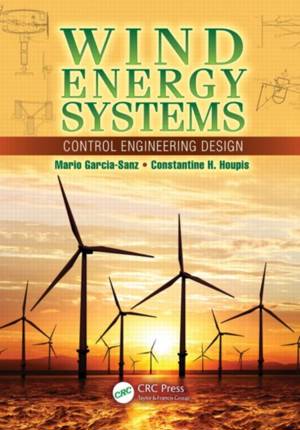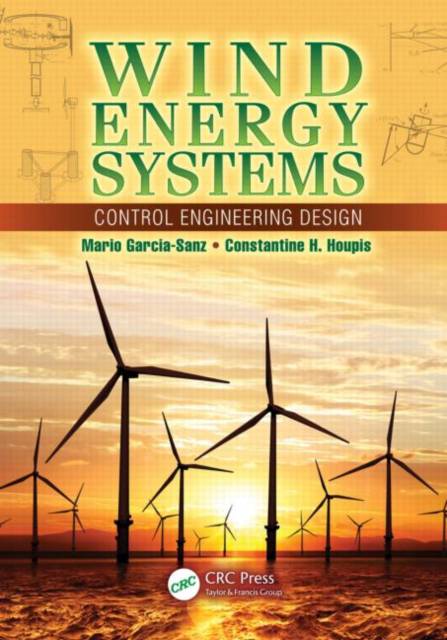
- Retrait gratuit dans votre magasin Club
- 7.000.000 titres dans notre catalogue
- Payer en toute sécurité
- Toujours un magasin près de chez vous
- Retrait gratuit dans votre magasin Club
- 7.000.0000 titres dans notre catalogue
- Payer en toute sécurité
- Toujours un magasin près de chez vous
Wind Energy Systems
Control Engineering Design
Mario Garcia-Sanz, Constantine H HoupisDescription
Presenting the latest developments in the field, Wind Energy Systems: Control Engineering Design offers a novel take on advanced control engineering design techniques for wind turbine applications. The book introduces concurrent quantitative engineering techniques for the design of highly efficient and reliable controllers, which can be used to solve the most critical problems of multi-megawatt wind energy systems.
This book is based on the authors' experience during the last two decades designing commercial multi-megawatt wind turbines and control systems for industry leaders, including NASA and the European Space Agency. This work is their response to the urgent need for a truly reliable concurrent engineering methodology for the design of advanced control systems. Outlining a roadmap for such a coordinated architecture, the authors consider the links between all aspects of a multi-megawatt wind energy project, in which the wind turbine and the control system must be cooperatively designed to achieve an optimized, reliable, and successful system.
Look inside for information about the QFT Control Toolbox for Matlab, the software developed by the author to facilitate the QFT robust control design (see also the link at codypower.com).
To reinforce understanding, the authors present real examples of experimentation with commercial multi-megawatt direct-drive wind turbines, as well as on-shore, offshore, floating, and airborne wind turbine applications. They also offer a unique in-depth exploration of the quantitative feedback theory (QFT)--a proven, successful robust control technique for real-world applications--as well as advanced switching control techniques that help engineers exceed classical linear limitations.
Spécifications
Parties prenantes
- Auteur(s) :
- Editeur:
Contenu
- Nombre de pages :
- 632
- Langue:
- Anglais
Caractéristiques
- EAN:
- 9781439821794
- Date de parution :
- 02-02-12
- Format:
- Livre relié
- Format numérique:
- Ongenaaid / garenloos gebonden
- Dimensions :
- 175 mm x 262 mm
- Poids :
- 1270 g

Les avis
Nous publions uniquement les avis qui respectent les conditions requises. Consultez nos conditions pour les avis.






